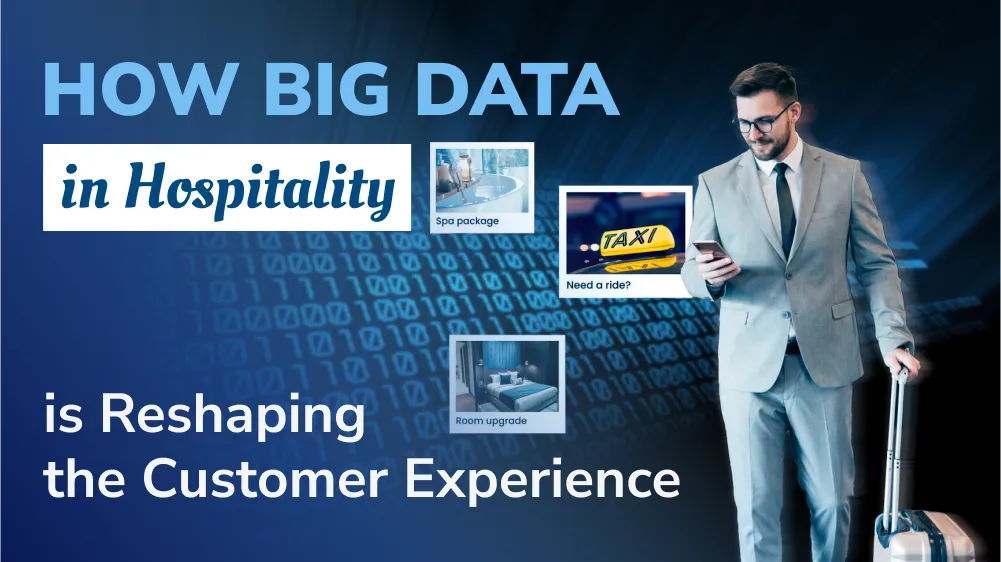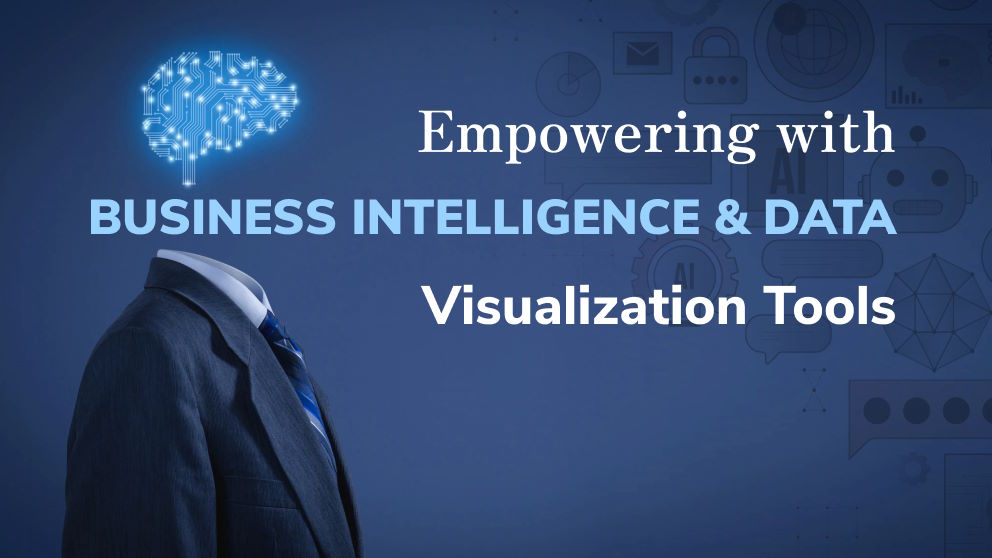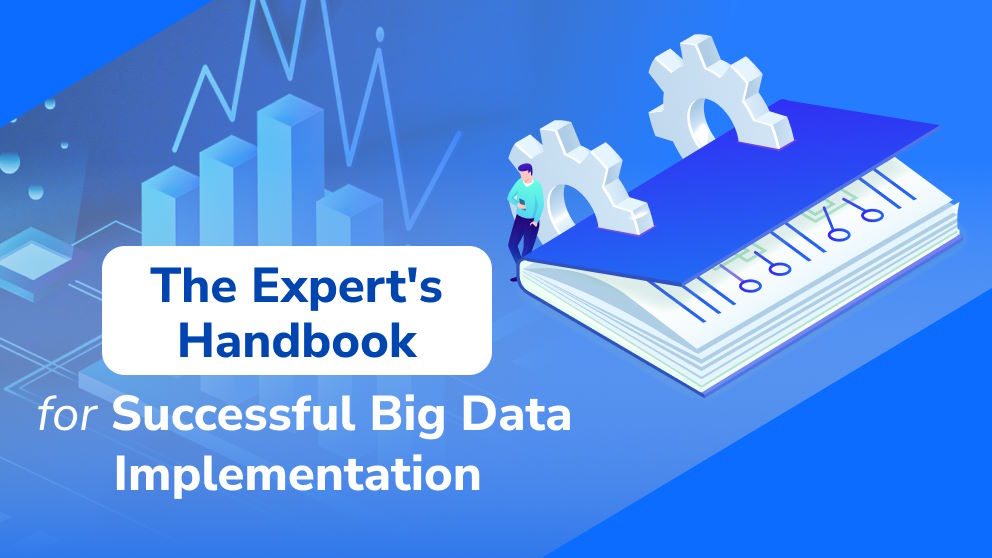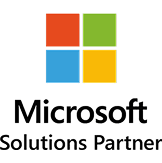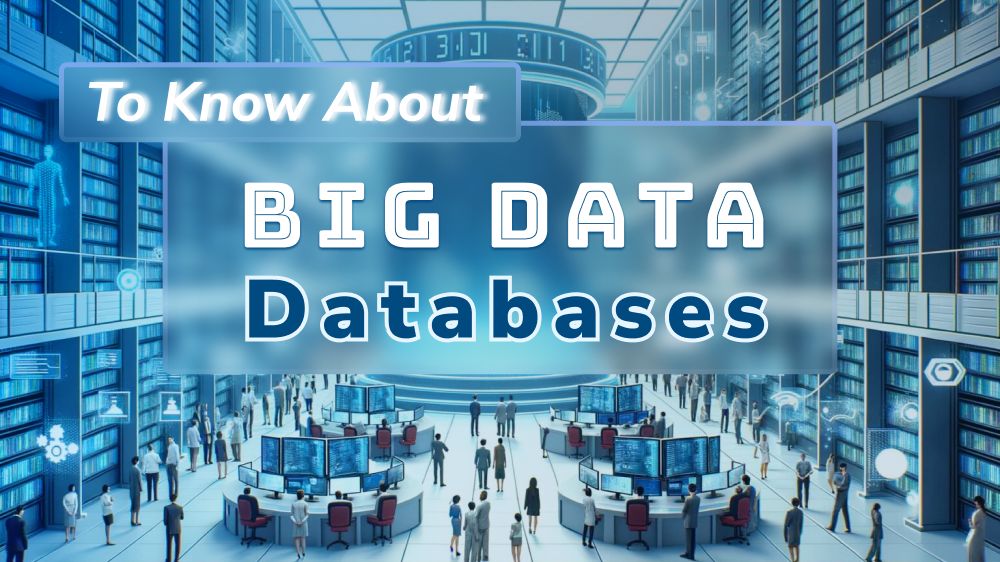
Popular Big Data Platforms & Tools That You Shouldn’t Miss
Big data platforms are the driving force behind effective data management. Explore some of the most powerful platforms that help organizations unlock the full potential of their data.
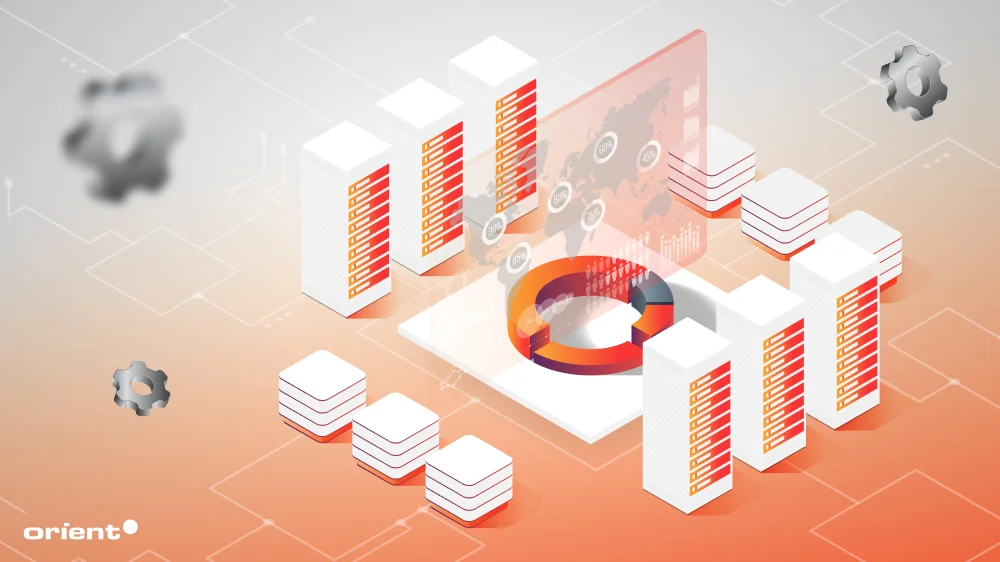
Content Map
More chaptersIn the 1960s and 1970s, computers were first introduced to data processing. In the 1990s, the term Big Data was coined for the first time to refer to the data volume and its velocity, variety, and veracity.
The amount of data produced skyrocketed when the Internet and digital devices came into the picture in the early 2000s. As a result, new tools and technologies are required to handle the data assets. The next decade has witnessed the continuous evolvement of big data technology, from NoSQL databases to cloud computing advancements. Big data platforms were one of them. To this day, it continues to play an important role in storing and processing data to extract valuable insights and innovation opportunities.
Today’s article will explore the definition of big data platforms, how they work, and the best big data platforms that you need to know in 2026 and beyond. We will also explore what makes a big data platform future-proof in the digital age.
Key Takeaways:
- Big data platforms are key to success in today’s data-driven world, and they require a strategic and structured approach to achieve the desired success.
- A big data platform consists of tools and apps to efficiently store, process and manage large amounts of data.
- Main components ensure that a big data platform runs and operates well.
- The top big data platforms include Apache Hadoop, Apache Spark, Google BigQuery, Microsoft Azure HDInsight, Databricks, Snowflake, and Cloudera.
What Is a Big Data Platform?
A big data platform is an integrated framework designed to store, process, and analyze vast amounts of structured and unstructured data. These platforms efficiently manage big data’s volume, velocity, and variety by combining distributed computing, parallel processing, and advanced analytics capabilities. They offer a comprehensive solution for businesses to uncover insights, optimize operations, and leverage data-driven strategies. From data ingestion to visualization, these platforms streamline data processing tasks and the entire management lifecycle.

There are several types of big data platforms:
- A data lake stores and processes multiple data formats, including structured, semi-structured, and unstructured data. Data lakes can ingest data from on-premises, cloud, or edge computing systems while processing data in real-time or batch mode.
- A data warehouse is a system that analyzes and reports structured and semi-structured data from multiple data sources. They are suitable for ad hoc analysis, custom reporting, and business intelligence support activities.
- A stream processing platform handles streaming data. It is suitable for applications that need an immediate response, e.g., in fraud detection.
- Cloud-Based Big Data Platforms: Instead of traditional data storage methods, cloud-based data platforms store data on the cloud, allowing quick access and reducing IT infrastructure.
- NoSQL Databases: NoSQL databases store data differently from traditional relational databases, using flexible formats like JSON instead of rigid tables. This allows it to handle large, unstructured datasets with high speed and scalability.
Components of a Big Data Platform
Big data platforms are vast ecosystems made up of multiple components. These components work together to handle data and provide data for informed decisions.
Data Ingestion

Data ingestion refers to the process of data collection and importing from various sources. Ingestion can be understood as “the absorption of information”. The data files are imported from various data sources — third-party data providers, Internet of Things (IoT) devices, social media platforms, and SaaS apps, into a database for storage, processing, and analysis.
Some tools automate the data ingestion process. They organize raw data into suitable formats for effective data analytics software analysis.
Data Storage

After being ingested, data can be stored in data storage solutions. Reliable storage solutions are crucial for retrieval and processing. As big data platforms deal with large amounts of data, they typically utilize distributed storage systems. Some common systems include Hadoop HDFS (Hadoop Distributed File System), Amazon S3, and Google Cloud Storage. NoSQL databases like MongoDB or Cassandra are another popular choice.
Data Processing

Data processing is the heart of big data platforms. This is where data is collected and transformed into meaningful and actionable insights. After removing errors and duplications, the information moves through data integration, which transforms it into meaningful insights. Data processing can be categorized into batch processing or real-time processing.
- Batch processing is suitable for high-volume data and often utilizes tools like Apache Hadoop.
- Real-time processing, on the other hand, processes data as it flows in. Apache Flink or FineDataLink are tools for this kind of data processing.
Data Management

Data management is another crucial operation when it comes to big data platforms. The massive data volume, data silos from multiple sources, and new data types are some of the fundamental challenges of data management. Organizations that want to utilize other technology, like artificial intelligence, must organize their data architecture to make the data usable and accessible. Hence, robust data management strategies are key to success. Key techniques to achieve successful data management include:
- Maintaining resiliency and disaster recovery of data.
- Building or obtaining fit-for-purpose databases.
- Ensuring business data and metadata sharing across organizations.
- Automating data discovery and analysis with generative AI.
- Employing data backup, recovery, and archiving techniques.
Data Analytics

Data analysis is a part of the data processing pipeline. With the use of data analytics tools and frameworks, teams unravel numerous insights, trends, and patterns. These tools and frameworks might involve machine learning models, data mining techniques or statistical analysis.
Data Visualization

Understanding pure numbers and text can be challenging at times. Data visualization tools like graphs, maps, and charts, it is easier for teams to pinpoint trends, patterns, or outliers.
Data Quality Assurance

Relying on data to make decisions requires careful data quality assurance. Low-quality data might cause inaccurate reports and even lower business efficiency. Techniques like data quality management, cataloging and lineage tracking allow organizations to have more confidence in the data quality, consistency and compliance.
Big Data Platforms: Popular Options of 2026 and Beyond
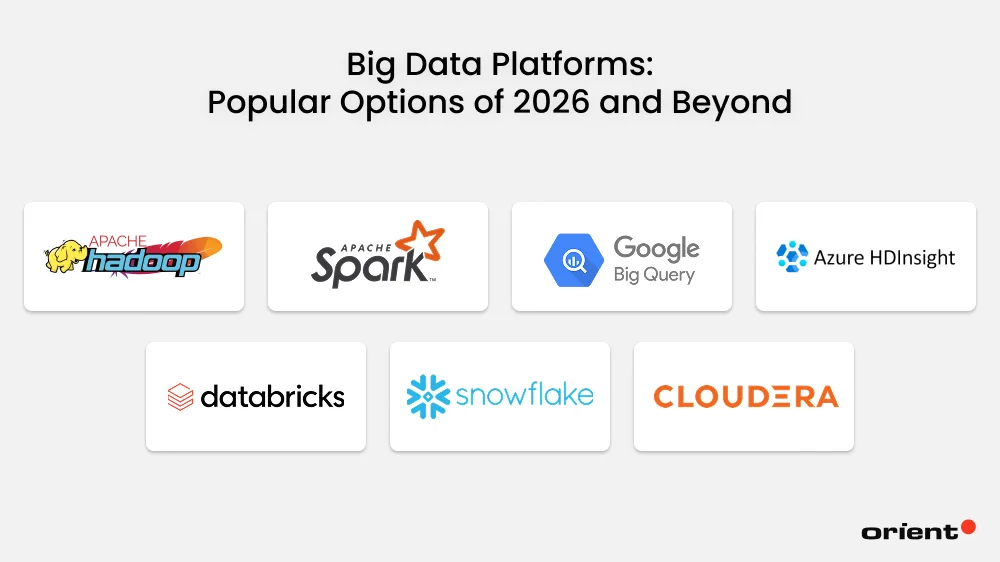
Every organization should be familiar with the following big data solutions, though they represent only a select few among the many available today.
Apache Hadoop
Developed in the mid-2000s by Doug Cutting and Mike Cafarella (originally spun out of the Nutch project), Apache Hadoop is an open-source framework for processing massive datasets across distributed clusters of computers. Key components like HDFS (storage) and MapReduce (compute), together with YARN (resource management), allow businesses to store, process, and analyze data (both structured and unstructured) at scale. Hadoop became popular at internet-scale companies such as Yahoo! and Facebook due to its fault tolerance and horizontal scalability.
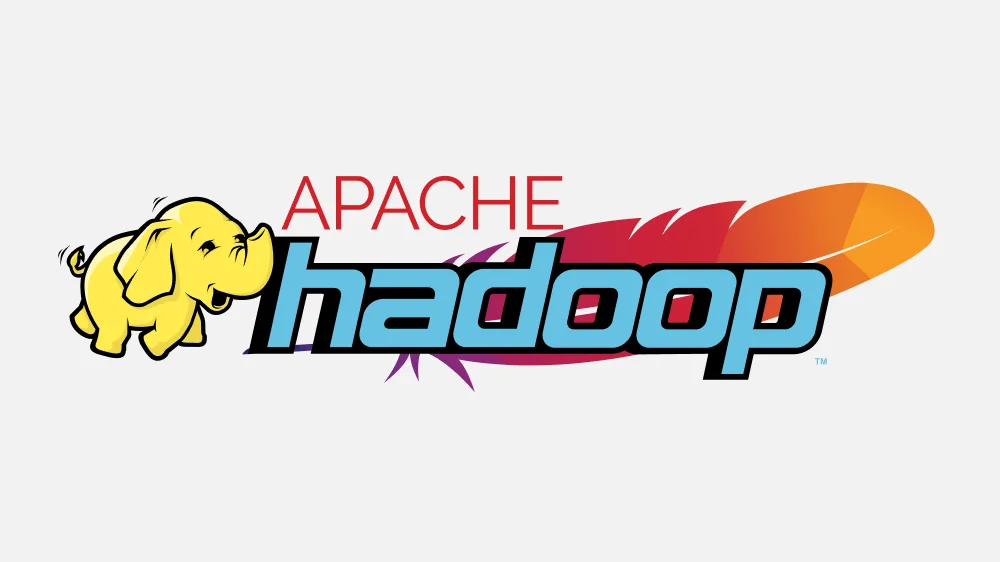
Hadoop can also support cluster-scale machine learning via integrations like Apache Mahout, which provides scalable algorithms for clustering, classification, and recommendations. Today, many teams pair Hadoop storage with Spark MLlib to distribute ML pipelines. As powerful as the stack is, it can still be complex to operate and tune.
Apache Spark
Apache Spark was originally developed at UC Berkeley’s AMPLab in 2009. It’s a speedy open-source unified analytics engine designed for large-scale data processing. As one of the most popular data platforms, it excels in batch and streaming workloads via in-memory data processing, which boosts the speed of handling tasks compared to traditional disk-based systems.
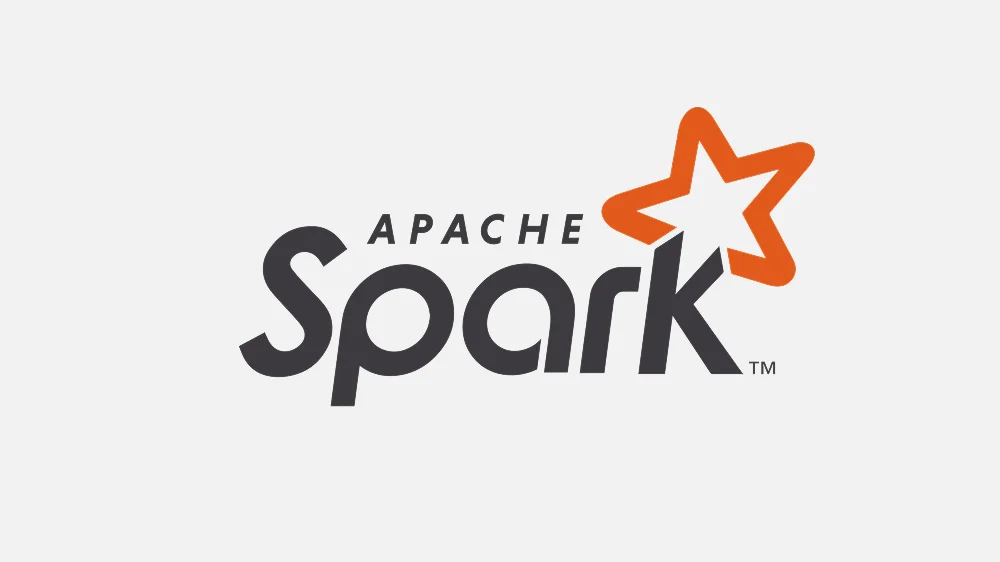
Spark is also a flexible big data platform. By supporting numerous programming languages like Java and Python, it’s accessible to a wide array of developers. It integrates with the Hadoop ecosystem and offers Spark SQL, a powerful library, for querying data. Other powerful libraries include MLlib or GraphX, making it a choice for organizations like Netflix, Airbnb, and Uber.
Google BigQuery
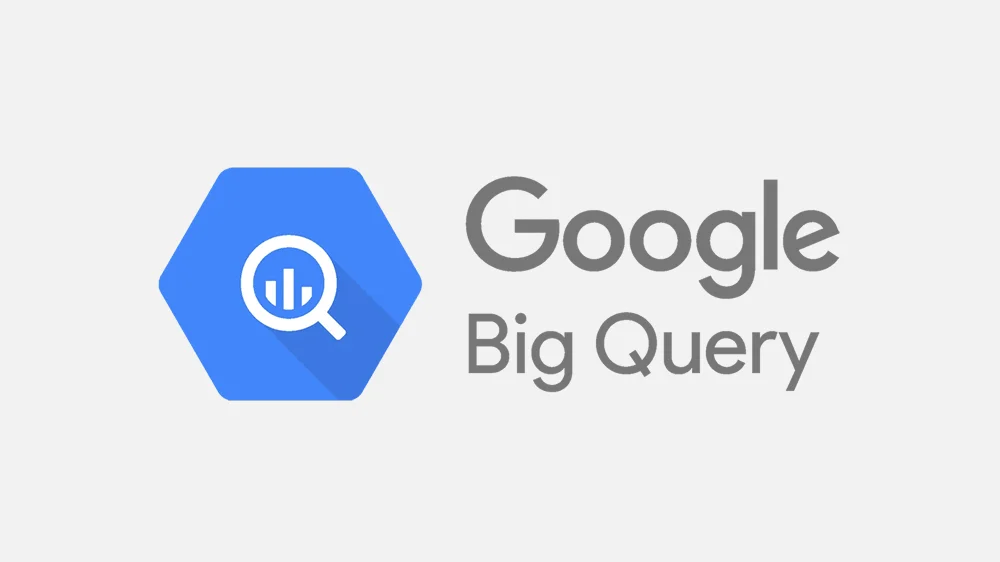
Developed by Google, BigQuery is a fully managed and serverless data warehouse designed for large-scale data processing. Some of the key BigQuery features include:
- Scalable infrastructure supporting the storage, querying, and analysis of data
- Its ability to run fast SQL queries across large datasets
- Automatic scaling to meet demands – users are not required to manage the infrastructure
- Seamless integration with other services like Looker Studio (formerly Data Studio) or Google Cloud Storage
- Built-in machine learning algorithms and geospatial analysis features, etc.
All of these features make it a choice for teams at The New York Times and Spotify.
Microsoft Azure HDInsight
Microsoft Azure HDInsight, developed by Microsoft, is a fully managed cloud service for processing and analyzing large datasets. The platform supports many other open-source frameworks like Apache Hadoop and Apache Spark. It is known for offering a scalable, reliable, and flexible infrastructure that allows users to deploy and manage clusters seamlessly. This feature also makes it an ideal choice for handling large amounts of data.
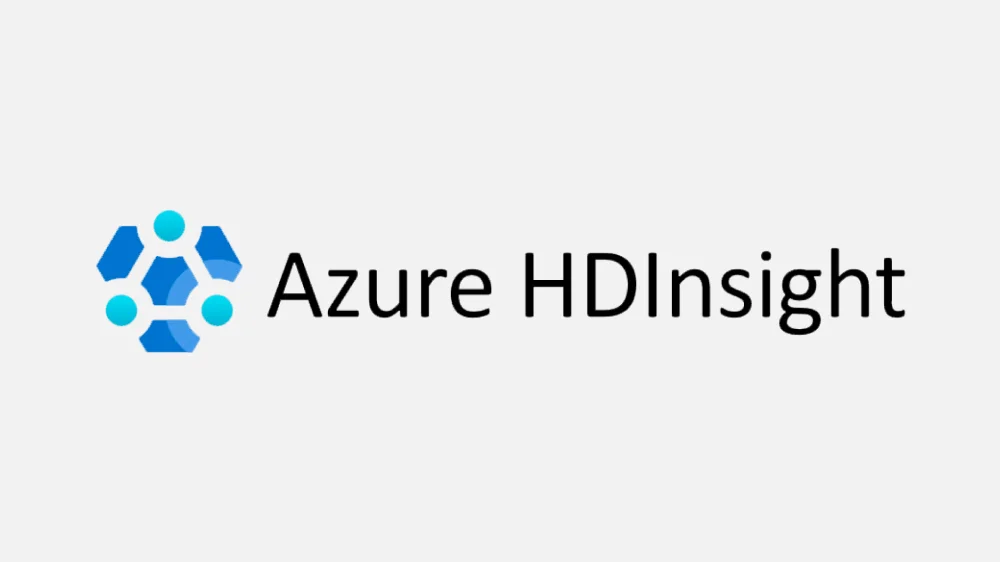
HDInsight boasts a robust ecosystem. This includes other services like Azure Data Lake or Azure Synapse Analytics. Like Spark, this platform supports Java, Python, and R.
Databricks
Databricks provides a fully managed, scalable infrastructure with real-time data processing and complex analytics. Built on Apache Spark, Databricks aims to simplify the development and deployment of big data applications.
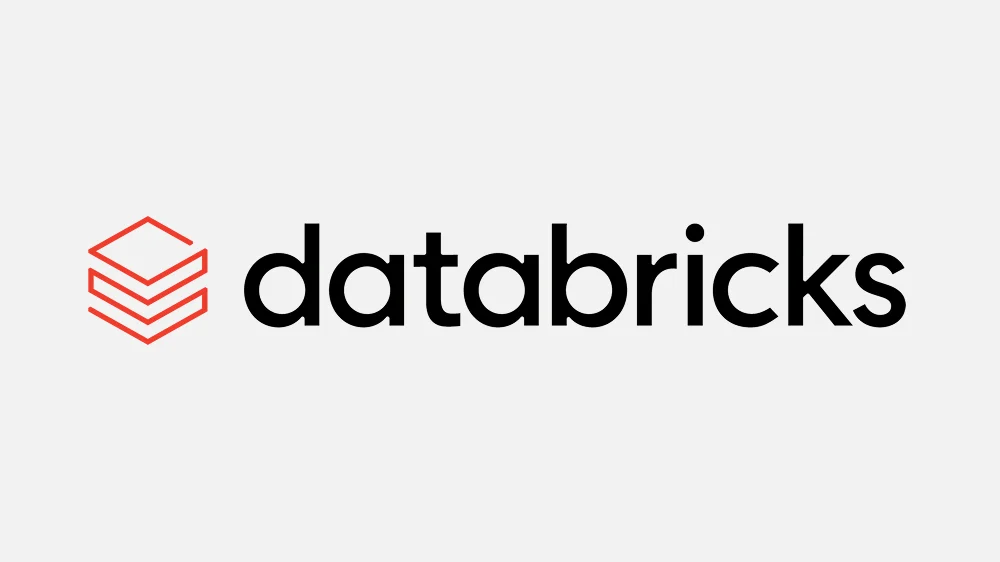
Johnson & Johnson and Salesforce chose Databricks because of their ability to code and collaborate efficiently. It provides developers with tools that streamline complex workflows, create easy data ingestion and processing, and accelerate data engineering, machine learning, and business analytics projects.
Snowflake
Snowflake is a fully managed, cloud-native data platform designed around three core layers working together. The services layer manages metadata, authentication, access control, and query optimization. The compute layer, called virtual warehouses, provides elastic, independent clusters that scale up or down with workloads. The storage layer uses cloud object storage (AWS S3, Azure Blob, or Google Cloud Storage) to persist raw data in a centralized, scalable way.
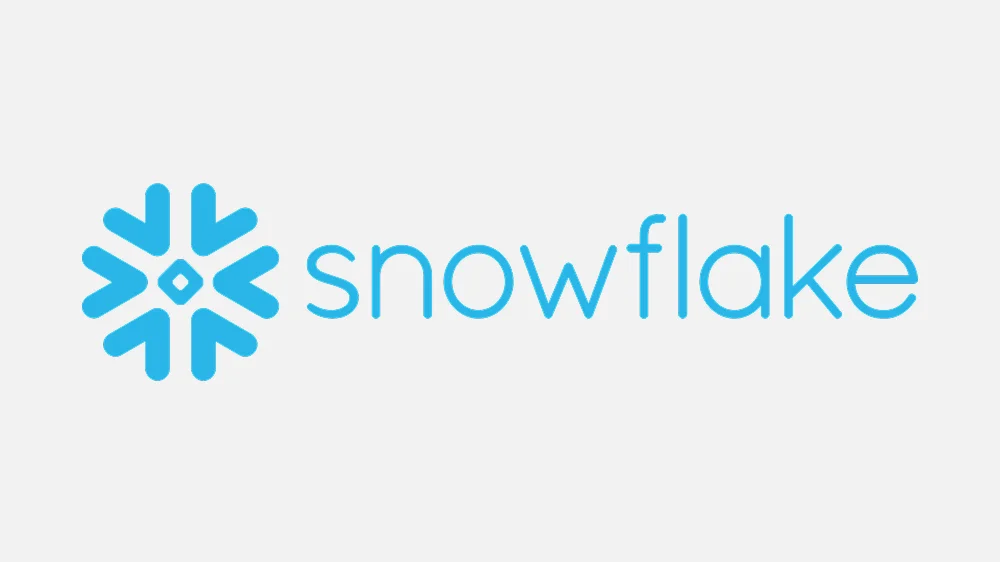
Snowflake’s signature capabilities are secure data sharing and marketplace/listing. Data providers (such as companies, publishers, or institutions) expose live datasets to other Snowflake users across different accounts, regions, or even cloud providers. Without copying or duplicating data, consumers only pay for compute when they query, not for storing shared replicas.
Snowflake added Cortex - a set of AI services, including AISQL (large language model functions callable directly from SQL) - to enable users to build retrieval-augmented analytics and generative AI experiences without moving data outside Snowflake. AISQL is still in preview with regional availability limits. This signals Snowflake’s direction toward AI-native analytics that work on both structured and unstructured data.
Cloudera
Cloudera is an enterprise data platform that allows organizations to manage, analyze, and secure data across on-premises, private, and public clouds. Cloudera combines the scalability of open-source big data frameworks (like Hadoop, Hive, and Spark) with enterprise-grade features for data security, governance, and compliance.
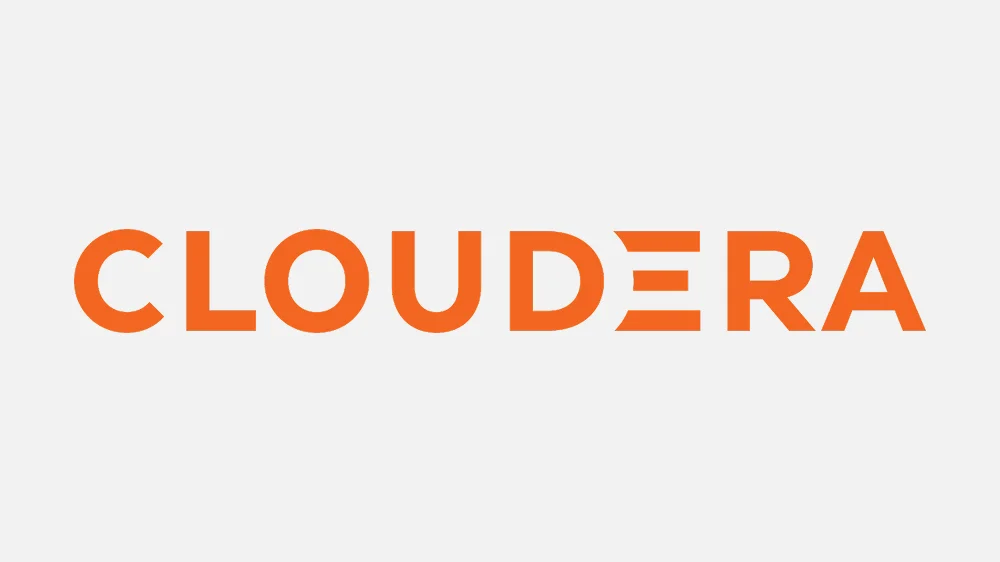
Its Cloudera Data Platform (CDP) offers modules for data engineering, machine learning, and analytics, all with centralized control. A key differentiator is support for multi-cloud and hybrid deployments, which makes Cloudera attractive to highly regulated industries that need flexibility, control, and compliance while modernizing analytics.
Create a Future-Proof Solution for Effective Data Transformation
The data generated daily shows no signs of slowing down – 402.74 million terabytes of data are produced every day. According to Exploding Topics, this is equivalent to around 147 zettabytes annually, about 12 zettabytes monthly, 2.8 zettabytes weekly, or 0.4 zettabytes (402.74 billion gigabytes) daily. Hence, future-proofing your big data platform isn’t just smart - it’s how you stay ahead of the competition and unlock new opportunities for innovation.

- Modular Data Layers: Teams should take a structured approach for each layer in the big data platform. From the ingestion layer to the visualization layer, each should be clearly defined to allow users to integrate the best specialized tools for each service. This creates a unified analytics engine that utilizes maximum customization capabilities while ensuring each layer profits from the best-in-class technology.
- Containerized Applications: To “containerize” applications means to “package” data ingestion, processing, and analysis procedures with any of their configurations and dependencies, and abstract the app from its runtime environment. This allows them to run seamlessly regarding the underlying infrastructure (on-premise or cloud). This also means the platform can easily be moved between on-premise data centers and different cloud environments, avoiding vendor lock-in.
- Microservices-based Architecture: The big data platform should be broken down into smaller microservices instead of being built into a single monolithic architecture. The microservice architecture, with each service having a specific function, makes changing, maintenance and deployment of microservices easier and more convenient. Teams can also deliver fast and frequent delivery of complex apps.
- Standard Services and Tools: Any tools and services chosen for the platform should adhere to industry standards and regulations. This reduces reliance on proprietary or vendor-specific technologies, making the platform more adaptable to future changes.
- Robust Data Governance: Establishing a robust data governance framework is crucial. This includes services, processes, tools, and controls that ensure the data quality is constantly monitored. Strong data governance results in more effective platform resource scaling and broader adoption of advanced analytics techniques.
To conclude, big data platforms are key to staying competitive in today’s data-driven world. However, to truly harness its power, organizations need to make a number of strategic decisions to achieve the best outcome.
What better way than to consult a professional partner? Orient Software has nearly two decades of experience in handling and optimizing big data platforms. Our team of seasoned professionals takes a structured approach to ensure you extract the most valuable insights from your data. Contact us today and unlock your full potential.


